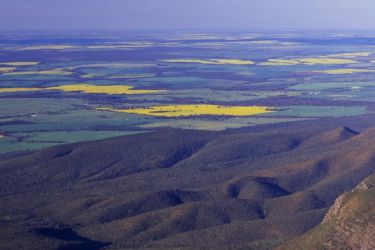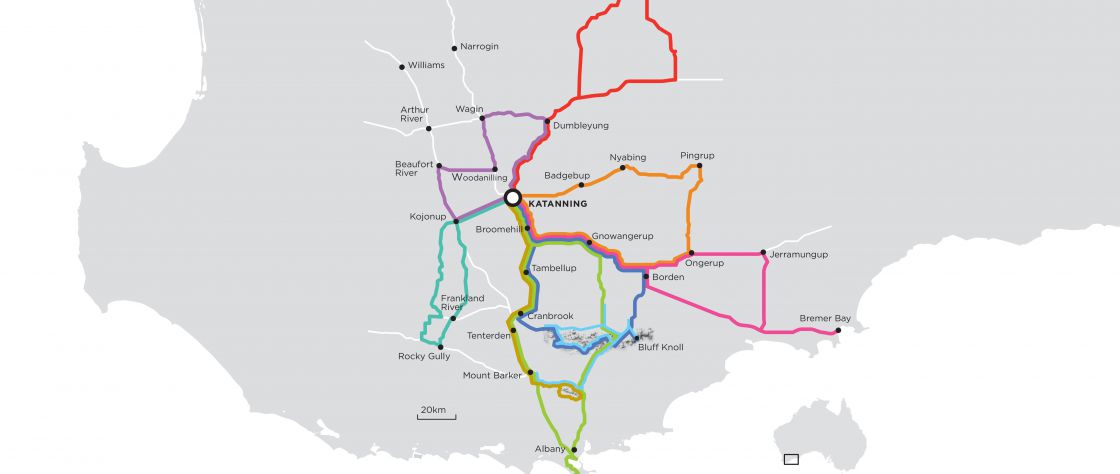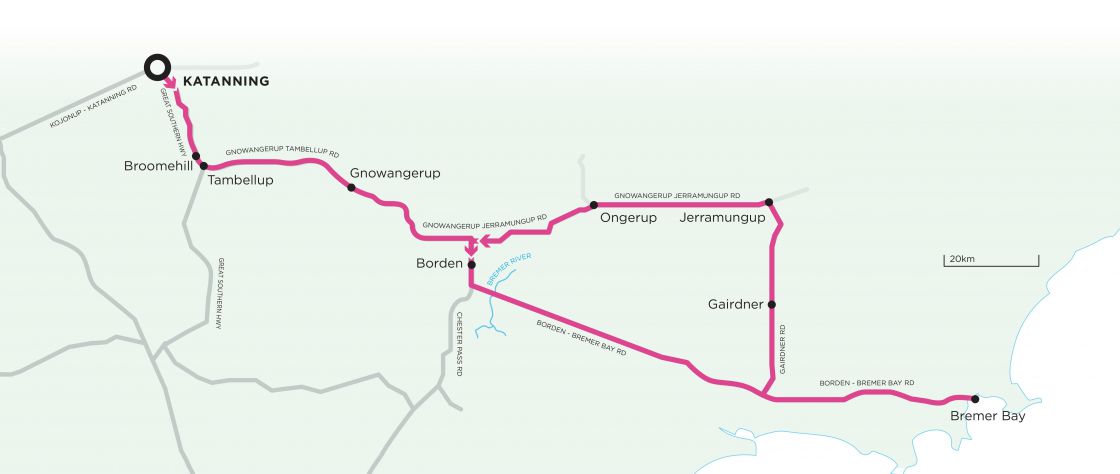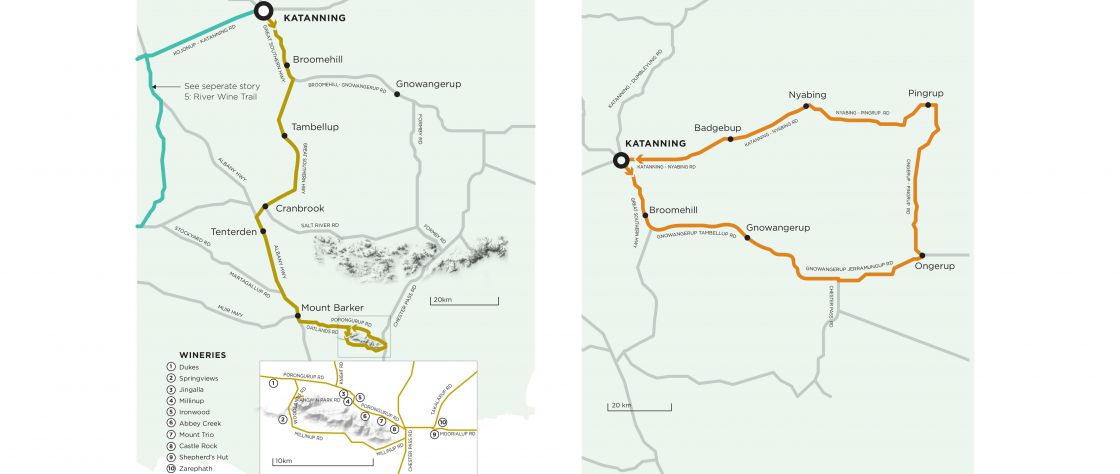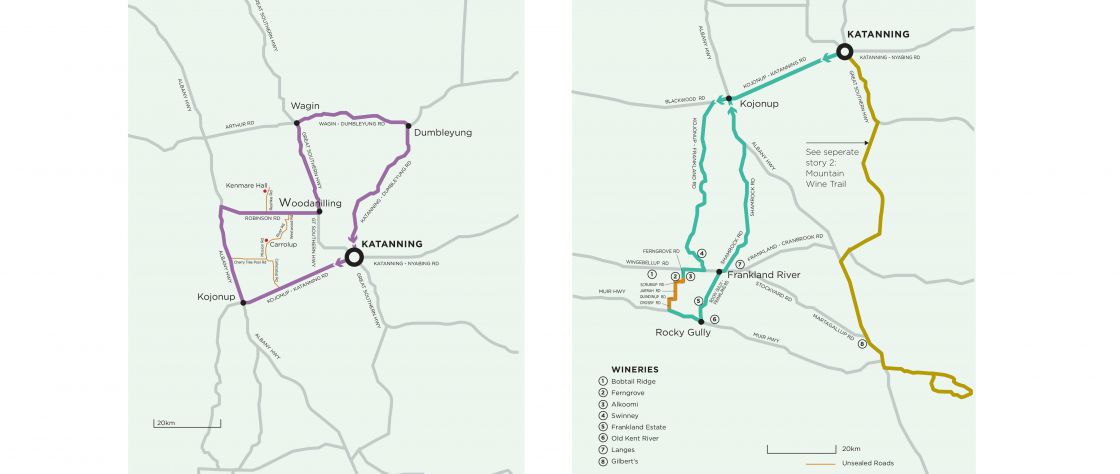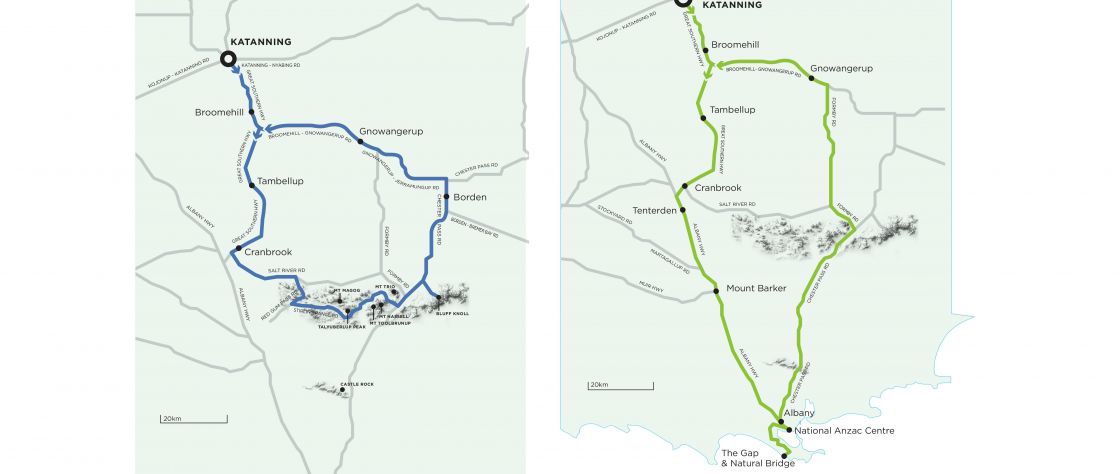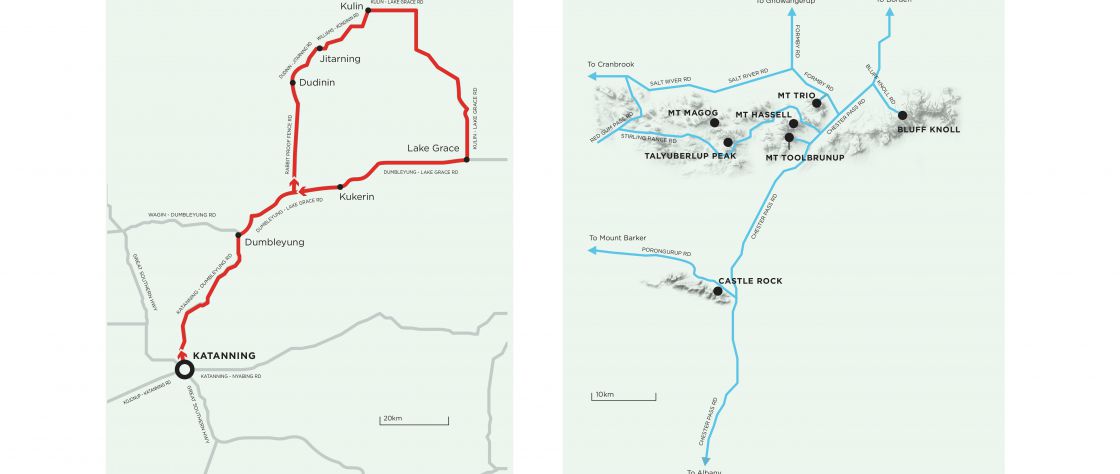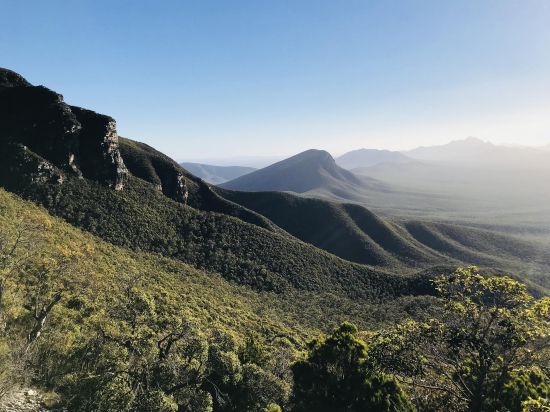A visit to Katanning would not be complete without immersing yourself in the rich natural beauty of our neck of the woods and a dive into the history of the region. We invite you to use the Premier Mill Hotel as your hub and explore the wonders, both man-made and natural, that abound to the north, south, east and west of Katanning.
Take a trip back in time and learn about the region's rich Noongar history and culture dating back thousands of years. Visit the salt lake where Donald Campbell set the world water speed record in 1964.

